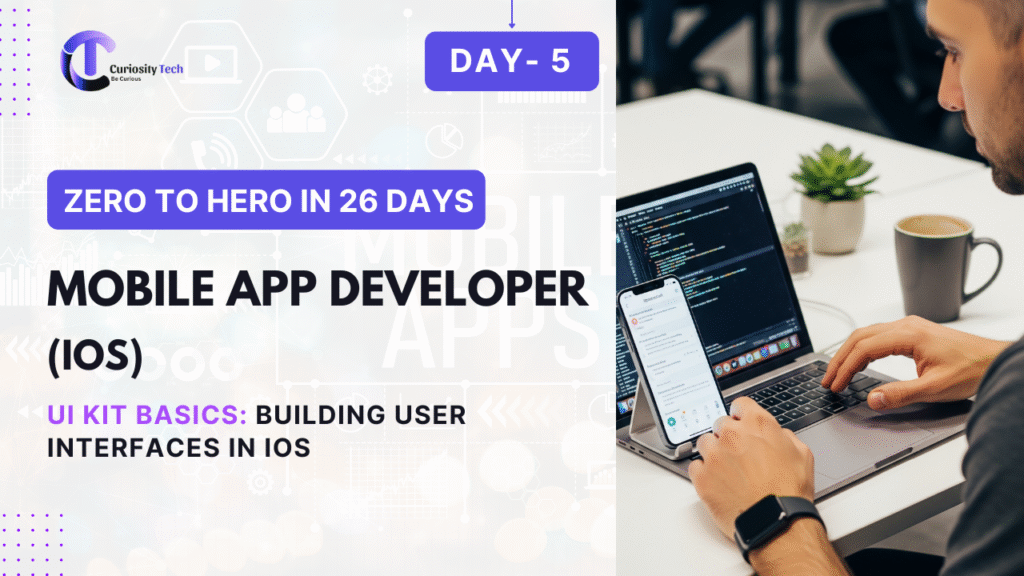Day 5 – UIKit Basics: Building User Interfaces in iOS
As an aspiring iOS developer, one of the most exciting parts of creating apps is building the user interface (UI). After all, the interface is what users interact with directly, and a well-designed UI can make an app intuitive, engaging, and enjoyable. On Day 5 of your iOS learning journey, we dive deep into UIKit, […]
Day 5 – UIKit Basics: Building User Interfaces in iOS Read More »




